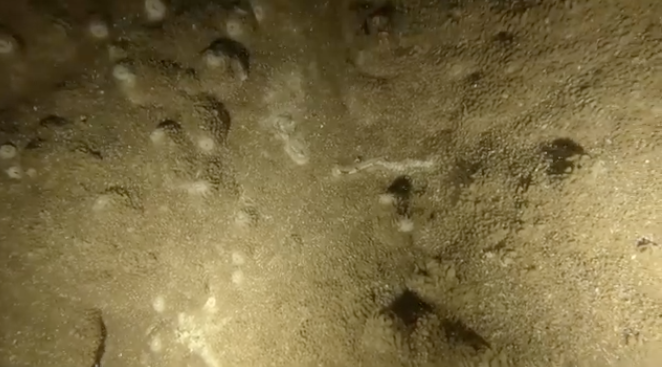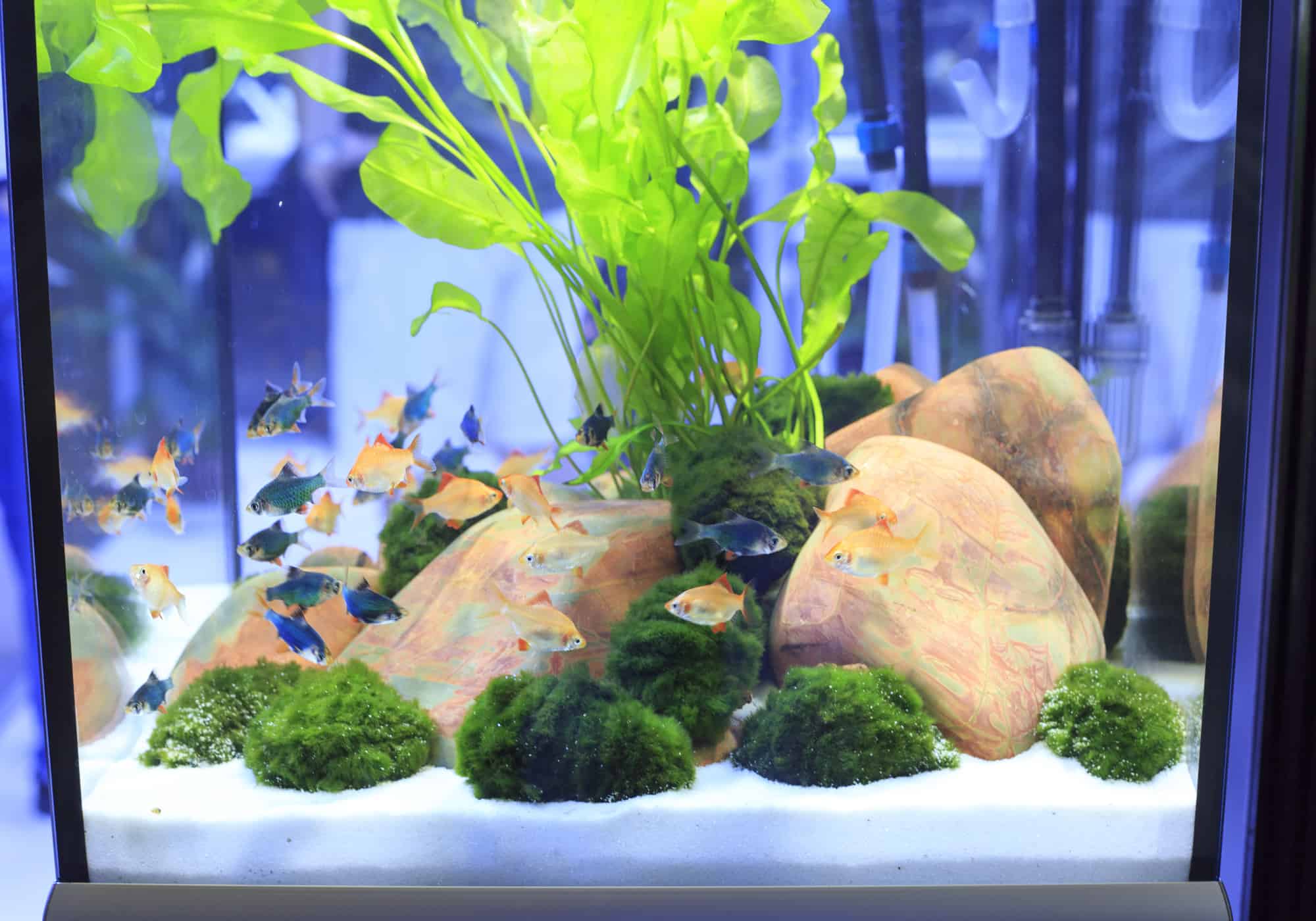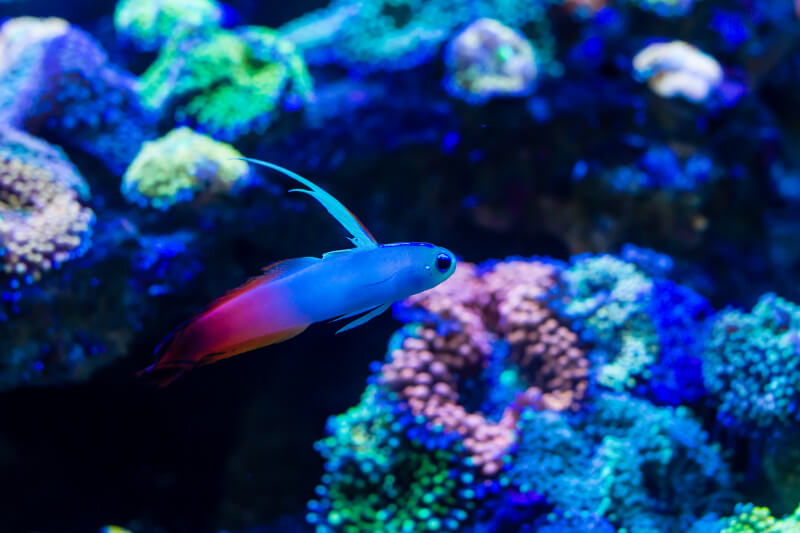How much do we really know about corals? The answer is: Not so much, actually. While the general rule for coral spawning is a few days after the full moon, 2 hours after sunset, just before the water temperature high peak, we got caught off guard by this huge colony of Montipora verrucosa in Bira, South Sulawesi, Indonesia.
I’m lucky enough to have witnessed other species of Montipora, like this Montipora hirsuta spawning in Bali, right on time, synchronizing with all other species. So a rule for Montipora cannot be asserted.
While we dove in the morning and enjoyed the beautiful size and structure of that particular colony, there was no way to predict it would spawn in the evening.
2 Days after New Moon:
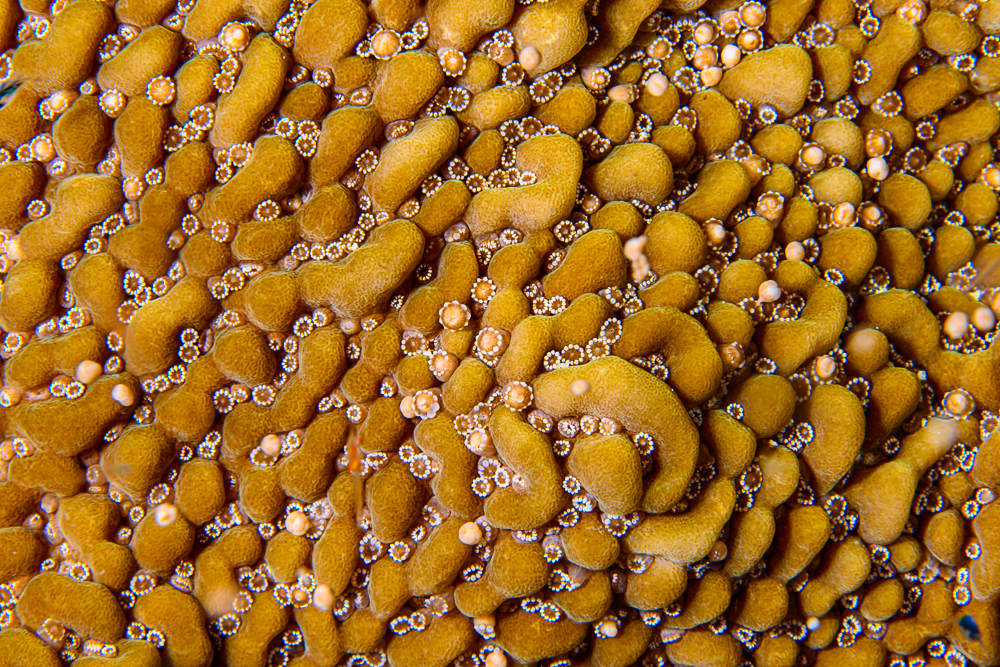
Usually, coral spawning can be observed 2-3 days after the full moon. And if we know now that there are no fixed rules in this domain. Some corals like Porites rus spawn in the morning, some every month, and some have pre-spawned a month before. We were not expecting a full-blown spawn 2 days after the new moon. We were just very lucky to pass by in front of that colony at the right time. You never know what to expect on night dives!
Just a bit more than an hour after sunset:
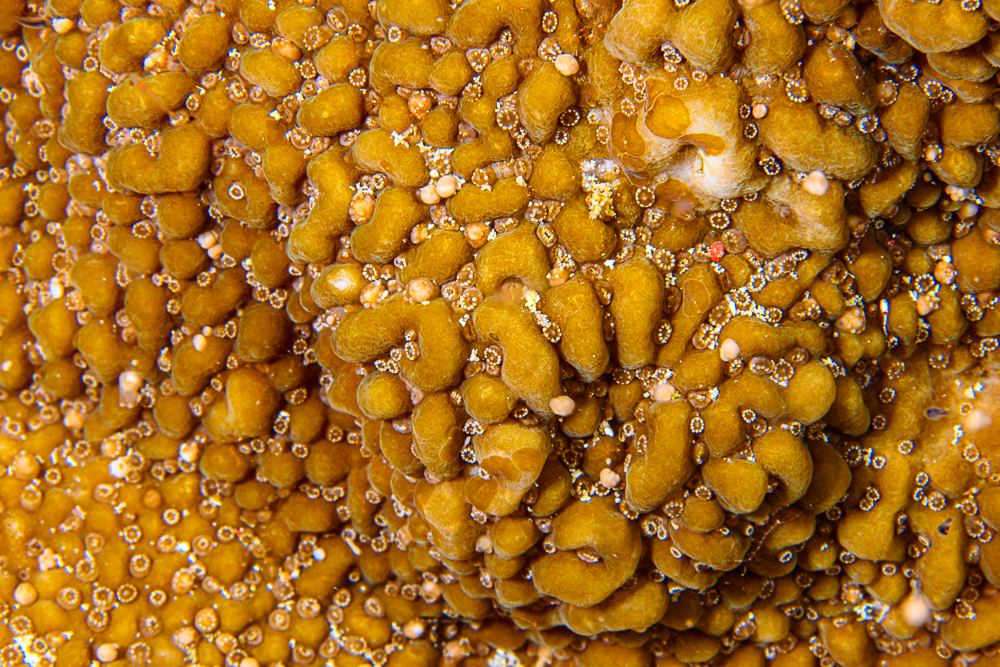
Not only the day was off, but also the timing, which was completely unexpected. Mass spawning usually starts 2 hours after sunset. But sunset time was 17.39, and the corals went by 18.50. While it should have been around 45 minutes later, at least.
Just after a slight rise in temperature:
The other very interesting parameter is that this year, the water in Indonesia has been particularly cold, while crazy hot, all around other places. Just a moment of rest given to corals just before El Nino reaches our shores.
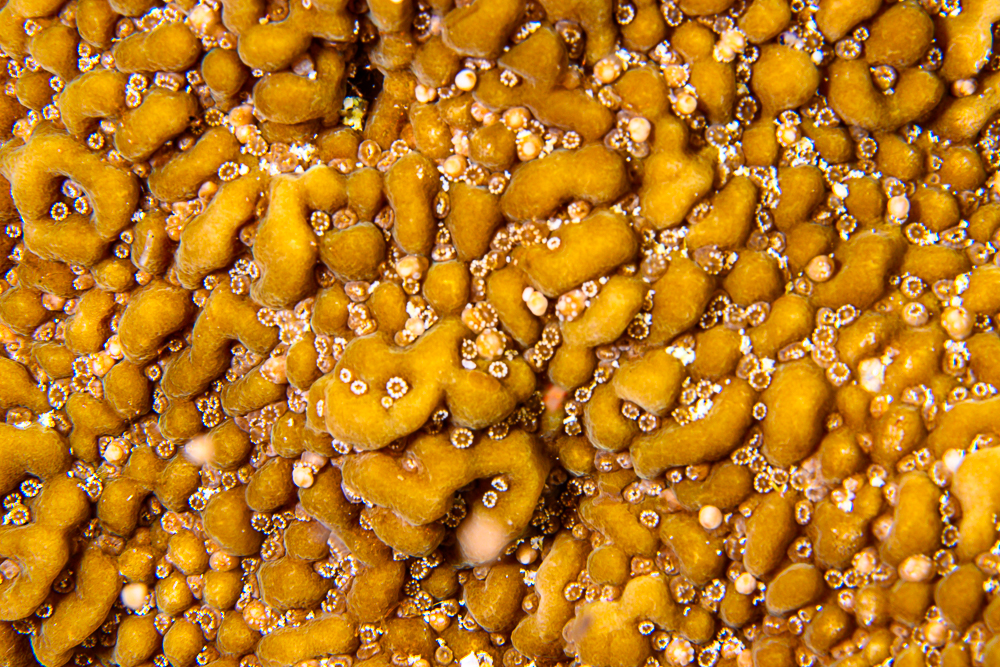
While in that particular area, they saw temperature dropping to chilling 21 C, it just started warming up, with temperature around 24-26 C, but still far from their usual average 26-28 C that they should reach within a couple of months.
Green water:
Another very interesting fact is that in the few last weeks, water visibility has been very poor. High thick phytoplankton and green water have been shading the area. Plenty of very rich food, to feed corals, so they can produce large quantities of eggs.
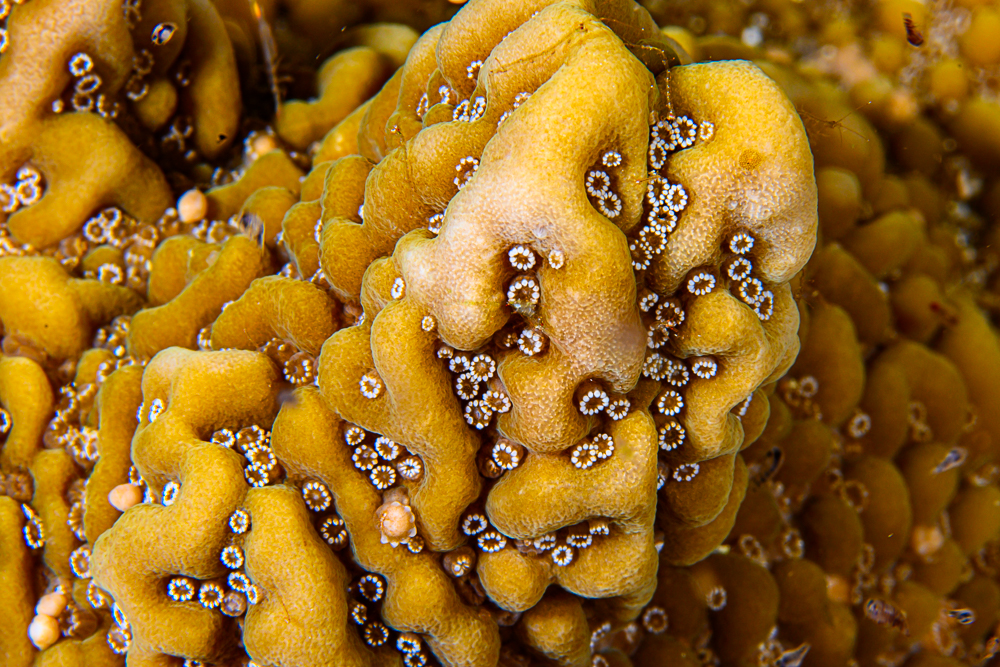
How much luck do we need to understand properly coral sexuality? It’s one of the few domains where I see technology being able to help us, by creating spawning detection devices that we could attach to certain corals.
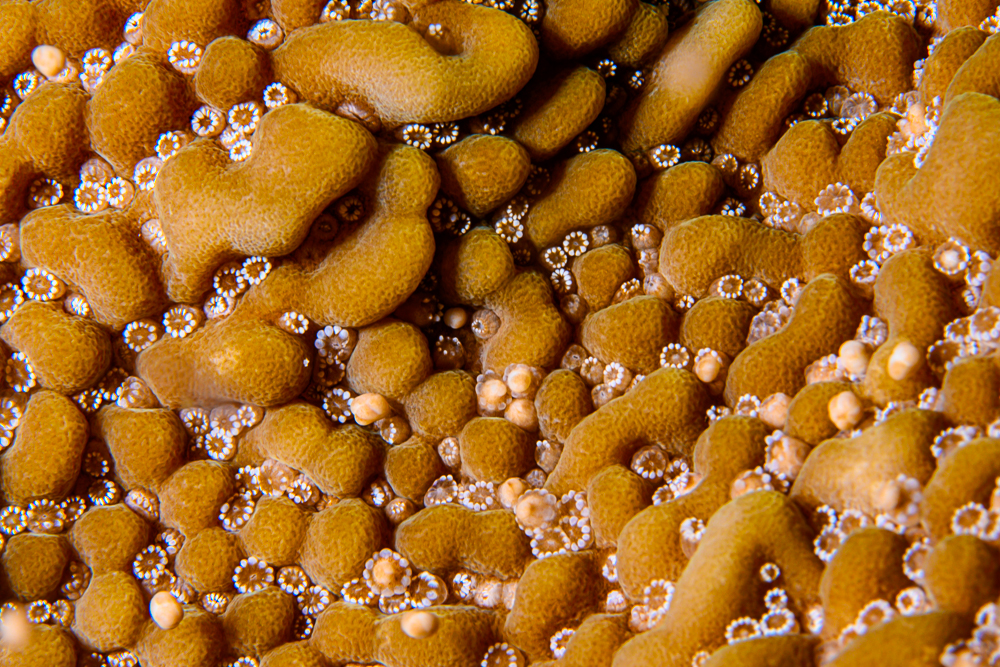
I just see it as a very good sign, just 2 days before Jake’s celebration of life diving trip. A wonderful gift to celebrate him!
